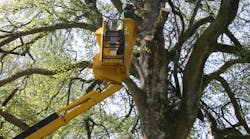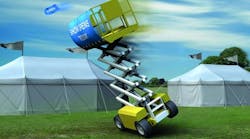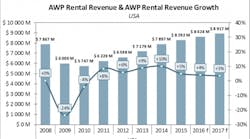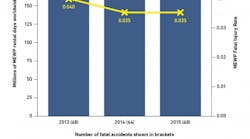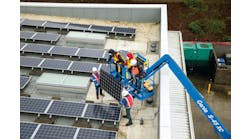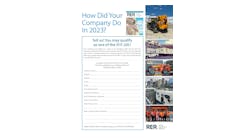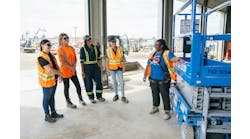Statistics from the International Powered Access Federation’s accident reporting project show that approximately one in five of all aerial-related fatalities involve tree-care workers. Aerial work platforms, also known as mobile elevating work platforms, are a popular tool in the arboriculture and tree-care industry. In response to this concern, IPAF has published a safety tips guideline for the use of AWPs in tree-cutting to ensure that operators work safely at height.
AWPs are one of the safest means for temporary work at height, provided that a risk assessment is done, managers and operators are properly qualified, trained and familiarized, equipment is inspected and maintained, and safe use procedures are followed, including having a rescue plan.
IPAF’s latest technical guidance analyses some fatal accident reports, draws out the lessons learned, and provides safety tips for trained operators before, during and after tree-care work.
“Whether you are a professional tree worker or a hobby gardener, if you are using a MEWP to work at height, make sure that you complete formal recognized operator training for the correct use of this specialist equipment,” said IPAF CEO Tim Whiteman.
IPAF’s guidance for the tree-care industry is available in several languages and can be downloaded from the Publications Technical Guidance section of www.ipaf.org.
